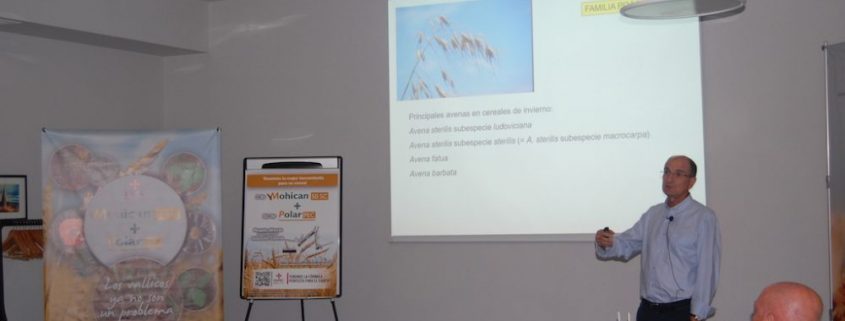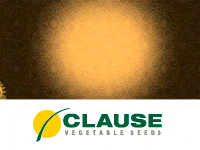Sapec Agro presents its wide range of phytosanitary and nutritional solutions for cereal in a Strategic Conference
The company of phytosanitary and nutritional solutions for the protection of crops, Sapec Agro, has presented its wide range of phytosanitary solutions behind which there is an intense process of innovation and development that during the last year has led to more than 13 new products, both in the nutritional field as for the protection of crops.
Despite the restrictions that phytosanitary substances are experiencing in recent times, Sapec Agro continues to develop and register new products, thus maintaining an extensive catalog with complete solutions for the cultivation of cereals.
In this context, Sapec Agro celebrated its 9th Cereal Strategic Conference, where more than 50 people gathered, among them the distribution of Sapec Agro specialized in the cultivation of Cereal. This meeting also served to present the new Executive Director of Sapec Agro, Manuel Valenciano, to the distribution network.
In the event, the cereal campaign and its climatological conditions were analyzed. Along with good cereal prices and good conditions, “the forecasts for this cereal season are optimistic,” said Sapec Agro Marketing Director, Benjamín Santarrufina, in his speech.
This forum also served to present the company’s solutions in this type of crop. Thus, in the field of plant protection, emphasis was placed on ESTACA, one of the most innovative solutions of the company for the control of grasses and dicots in the wheat, barley, rye and triticale crops.
ESTACA is a qualitative leap in the Sapec Agro cereal catalog, since it is an exclusive and effective solution for a wide variety of weeds that significantly affect this crop.
The advantages of this product include the synergistic action of its three active principles, its remaining effect against staggered births and an improvement of the selectivity in the crop. Its three active principles, with different modes of action, make it possible to carry out a strategy to combat the appearance of resistance.
Its formulation WG ensures, in addition, several advantages and benefits for the user such as the absence of dust, excellent dispersion and suspension in water, high homogeneity of the particles or greater safety for operators.
Efficient products and aligned with sustainable agriculture
In the section on nutrition, the person responsible for nutrition of the company, Xavier Monfort, explained the advantages of ENR T-300 for the cultivation of cereal. It is a formula that increases the efficiency of nitrogen provided by any type of fertilizer containing urea nitrogen. Its modus operandi is based on the urease inhibitory activity of the chemical compound MCDHS.
For the farmer it means an increase in the amount of nitrogen available for the crop and a reduction in the phytotoxic effects caused by the volatilization of nitrogen in the form of ammonia. In addition, it prolongs the availability of nitrogen in the soil for longer and optimizes crop yield.
ENR T-300 allows environmental benefits thanks to the reduction of emissions by volatilization of ammonia – greenhouse gases – to the atmosphere and a reduction of losses by nitrate leaching by prolonging nitrification. While emissions from the main atmospheric pollutants have undergone significant reductions in Spain since the 1990s, ammonia emissions have risen above the limits allowed by Directive EU / 2016/2284 on National Emission Ceilings.
In this sense, Sapec Agro has opted for a nitrogenous fertilization strategy with more technical and efficient products that are aligned with a more sustainable agricultural model and in line with the environmental objectives of the Common Agricultural Policy (CAP).
The day ended with a practical activity led by the professor of the University of Lleida, Jordi Recasens, to the distribution network. Thus, he explained how to determine, as accurately as possible, the weeds of cereal fields in a very early stage.
Herbicidal efficacy
Early identification, said Recasens, allows for more appropriate and specific decisions against the species that infest the fields. And in this way, to be able to use the most opportune and effective herbicide against the species that has been identified. Because the effectiveness of a herbicide is always much greater in the case of weeds in the seedling stage than in the adult stage.








